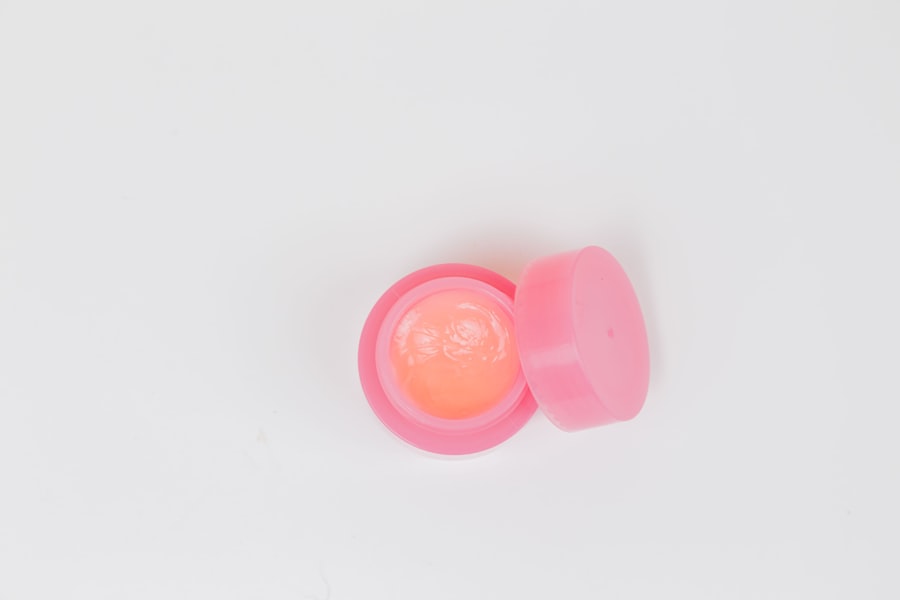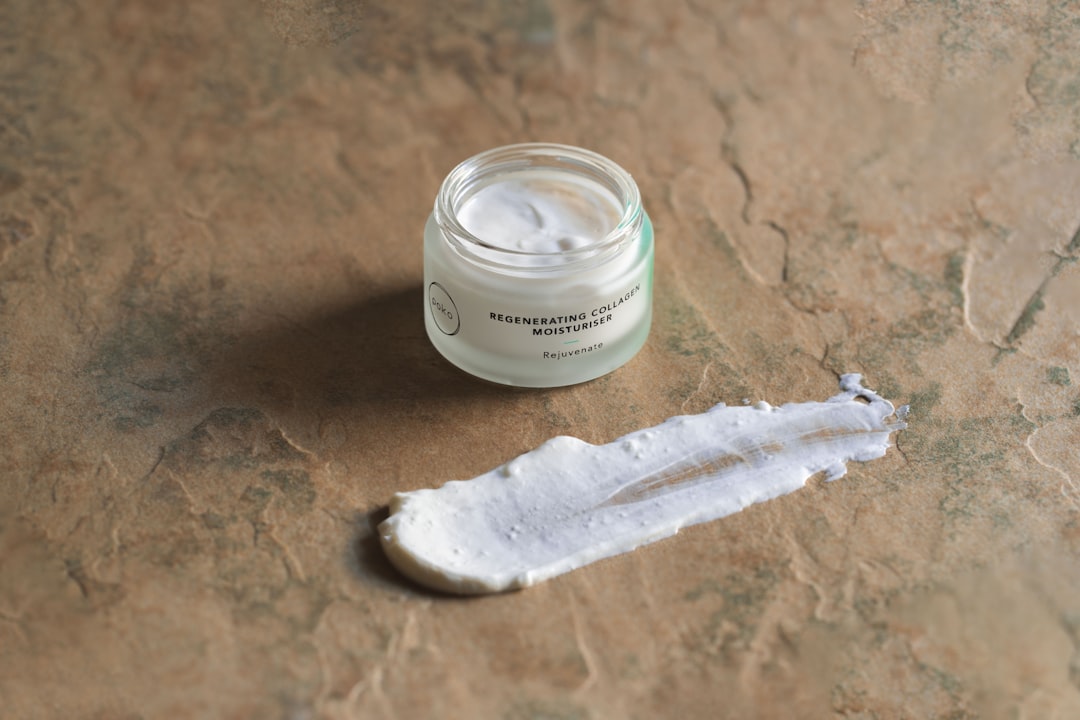When you decide to undergo laser hair removal, you are opting for a method that promises long-lasting results and a reduction in unwanted hair. The process involves the use of concentrated light beams that target the pigment in hair follicles. As the laser energy is absorbed, it damages the follicles, inhibiting future hair growth.
This method is particularly effective for individuals with darker hair and lighter skin, as the contrast allows the laser to focus more effectively on the hair pigment. However, advancements in technology have made it possible for various skin and hair types to benefit from this treatment. Before your session, a consultation with a qualified technician is essential.
They will assess your skin type, hair color, and medical history to determine the best approach for you. During the treatment, you may experience a sensation similar to a rubber band snapping against your skin, but most clinics offer cooling devices or topical anesthetics to minimize discomfort. The number of sessions required varies depending on individual factors such as hair density and growth cycles, but many find that significant results can be seen after just a few treatments.
Key Takeaways
- Laser hair removal targets hair follicles with concentrated light energy to inhibit future hair growth
- After treatment, avoid sun exposure, hot showers, and harsh skincare products for 24-48 hours
- Waiting 24-48 hours to shower allows the skin to heal and reduces the risk of irritation or infection
- Signs that it’s safe to shower include reduced redness and swelling, and the absence of any discomfort or sensitivity
- When showering after laser hair removal, use lukewarm water and gentle, fragrance-free products to avoid irritation
Immediate Post-Treatment Care Instructions
After your laser hair removal session, it’s crucial to follow specific care instructions to ensure optimal results and minimize any potential side effects. Initially, you may notice some redness or swelling in the treated area, which is entirely normal. Applying a cool compress can help alleviate discomfort and reduce inflammation.
It’s advisable to avoid touching or scratching the treated area, as this can lead to irritation or even infection. Instead, allow your skin to heal naturally while keeping it clean and moisturized. In the days following your treatment, you should also refrain from using harsh skincare products or engaging in activities that may irritate your skin.
This includes avoiding exfoliants, retinoids, and any products containing alcohol. Additionally, steer clear of direct sunlight and tanning beds for at least two weeks post-treatment. If you must go outside, applying a broad-spectrum sunscreen with an SPF of 30 or higher is essential to protect your skin from UV damage.
Importance of Waiting to Shower

One of the most common questions after laser hair removal is when it is safe to shower. While it may be tempting to jump into the shower immediately after your session, waiting is crucial for several reasons. First and foremost, your skin will be sensitive and vulnerable right after treatment.
Showering too soon can exacerbate any redness or irritation and may even lead to complications such as infection. The heat from hot water can further inflame the treated area, making it essential to allow your skin some time to recover. Moreover, waiting to shower gives your skin a chance to settle down after the treatment.
The laser process can leave your skin feeling warm and slightly swollen, so giving it a few hours before exposing it to water can help minimize these effects. Ideally, you should wait at least 24 hours before taking a shower. This waiting period allows your skin to begin its healing process without additional stressors that could hinder recovery.
Signs That It’s Safe to Shower After Laser Hair Removal
| Signs That It’s Safe to Shower After Laser Hair Removal |
|---|
| No redness or swelling in the treated area |
| No lingering heat or discomfort |
| No blistering or crusting on the skin |
| No open wounds or cuts from the treatment |
| No excessive sensitivity to touch in the treated area |
Determining when it’s safe to shower after laser hair removal involves paying attention to how your skin feels and looks post-treatment.
As time passes, these symptoms should gradually subside.
If you observe that the redness has diminished significantly and any swelling has reduced, it may be an indication that your skin is ready for a gentle shower. Another sign that it’s safe to shower is if you no longer feel any discomfort or sensitivity in the treated area. If you can touch the skin without experiencing pain or irritation, this is a good indicator that your skin has started to heal.
However, if you notice any unusual symptoms such as excessive swelling, blistering, or signs of infection like pus or increased redness, it’s essential to consult with your technician or dermatologist before proceeding with any showering.
Tips for Showering After Laser Hair Removal
When you finally decide to take a shower after your laser hair removal session, there are several tips you should keep in mind to ensure a safe and soothing experience. First, opt for lukewarm water instead of hot water. Hot water can aggravate sensitive skin and lead to increased redness or irritation.
A lukewarm shower will help cleanse your skin without causing additional discomfort. Additionally, consider using a mild, fragrance-free body wash instead of your regular soap. Harsh chemicals and fragrances can irritate freshly treated skin, so choosing a gentle cleanser will help maintain its integrity.
Be sure to avoid scrubbing the treated area vigorously; instead, use your hands or a soft washcloth to cleanse gently. After showering, pat your skin dry with a soft towel rather than rubbing it, as this will help prevent irritation.
Post-Shower Skincare Routine
After showering post-laser hair removal, establishing a gentle skincare routine is vital for maintaining healthy skin and promoting healing. Start by applying a soothing moisturizer that is free from fragrances and irritants. Look for products containing ingredients like aloe vera or hyaluronic acid, which can help hydrate and calm the skin.
Applying moisturizer while your skin is still slightly damp can enhance absorption and provide additional hydration. In addition to moisturizing, consider incorporating a broad-spectrum sunscreen into your daily routine if you plan on going outside. Even if it’s cloudy or you’re indoors most of the day, UV rays can still penetrate through windows and cause damage to sensitive skin.
Common Mistakes to Avoid After Showering
While it’s essential to care for your skin after laser hair removal, there are also common mistakes you should avoid to ensure optimal healing and results. One significant error is neglecting sun protection. Many people underestimate the importance of sunscreen after treatment; however, exposing treated areas to sunlight can lead to complications such as pigmentation changes or even scarring.
Another mistake is using harsh skincare products too soon after treatment. Avoid exfoliants, retinoids, or any products containing strong active ingredients for at least a week following your session. These products can irritate sensitive skin and interfere with the healing process.
Instead, focus on gentle cleansers and moisturizers until your skin has fully recovered.
Final Thoughts and Additional Considerations
In conclusion, understanding the laser hair removal process and adhering to post-treatment care instructions is crucial for achieving the best results possible. By waiting before showering and following proper skincare routines afterward, you can significantly enhance your experience and minimize any potential side effects. Remember that patience is key; while immediate results may not be visible right away, consistent treatments will lead to long-term benefits.
As you embark on this journey toward smoother skin, keep in mind that everyone’s experience may vary based on individual factors such as skin type and hair growth patterns. Always consult with your technician if you have any concerns or questions about your specific situation. With proper care and attention, you’ll be well on your way to enjoying the benefits of laser hair removal for years to come.
If you are wondering how long after laser hair removal can you shower on your face, you may find the article on inlaserhairremoval.com helpful. This article discusses the importance of proper skincare after laser hair removal treatments and provides tips on how to care for your skin to ensure the best results. It also offers advice on when it is safe to shower after a laser hair removal session on your face. For more information on laser hair removal treatments and skincare tips, you can visit inlaserhairremoval.com and inlaserhairremoval.com.
FAQs
What is laser hair removal on the face?
Laser hair removal on the face is a cosmetic procedure that uses a laser to target and remove unwanted facial hair. It is a popular option for those looking for a more permanent solution to facial hair removal.
How long should I wait to shower after laser hair removal on my face?
It is generally recommended to wait at least 24 hours before showering after laser hair removal on the face. This allows the skin to recover and reduces the risk of irritation or infection.
What should I avoid after laser hair removal on my face?
After laser hair removal on the face, it is important to avoid hot showers, saunas, steam rooms, and excessive sun exposure for at least 24-48 hours. Additionally, it is recommended to avoid using harsh skincare products or exfoliating the treated area.
Can I apply makeup after laser hair removal on my face?
It is best to avoid applying makeup to the treated area for at least 24 hours after laser hair removal on the face. This allows the skin to heal and reduces the risk of irritation.
How many sessions of laser hair removal are needed for the face?
The number of sessions needed for laser hair removal on the face can vary depending on individual factors such as hair type, skin tone, and the desired results. On average, most people require 6-8 sessions spaced 4-6 weeks apart for optimal results.





